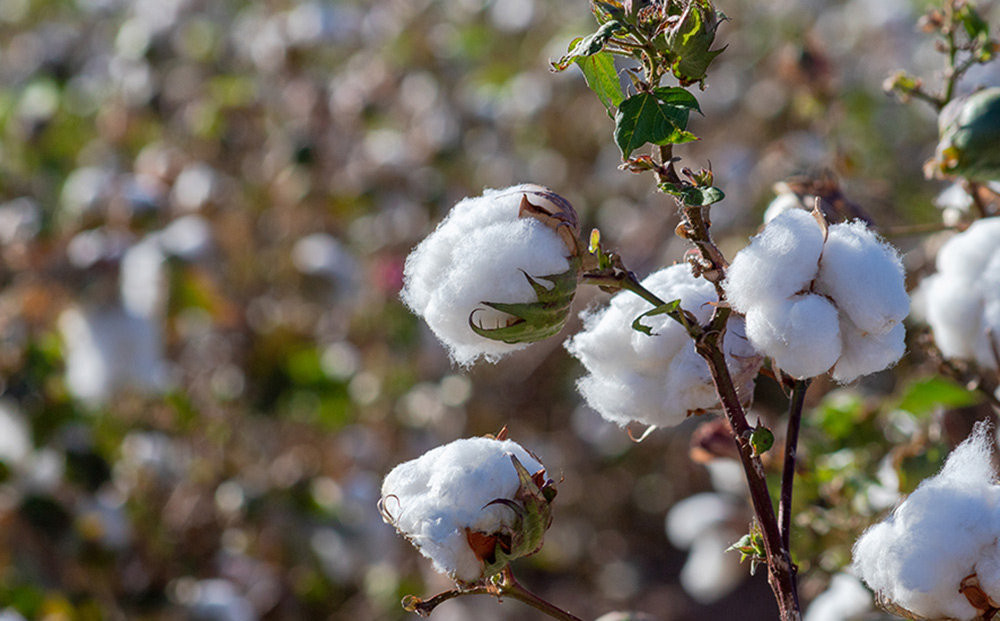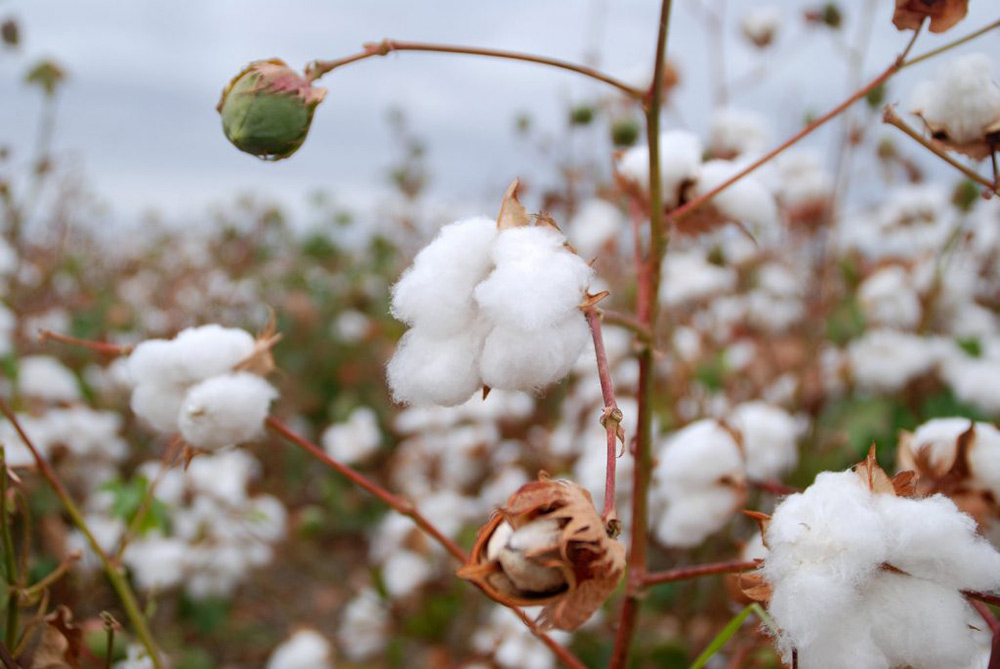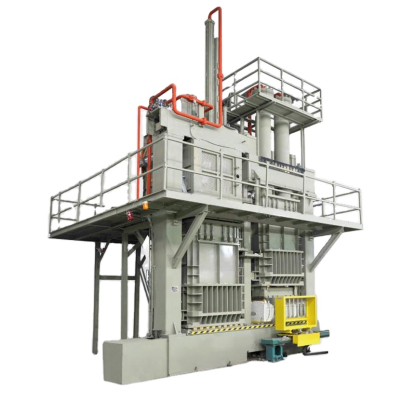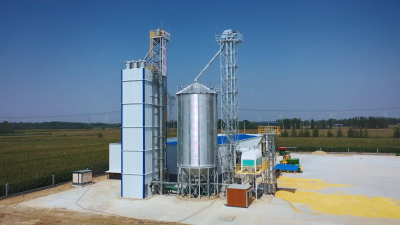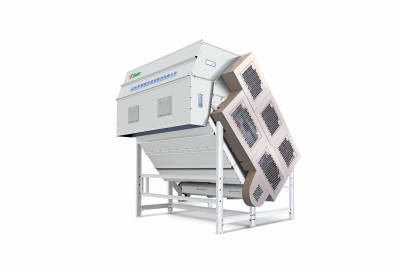The intended planting area of cotton in China has decreased slightly this year.
The intended planting area of cotton in China has decreased slightly this year
On January 2nd, the relevant institutions released the intended cotton planting area for this year in China. According to Futures Daily reporters, in order to further understand the cotton planting intentions for this year, the National Cotton Market Monitoring System conducted a nationwide survey on cotton planting intentions in the latter half of November 2023. The survey covered 14 provinces (autonomous regions), 46 counties (cities, farms), and 1700 designated information contact households. The survey results showed that the intended cotton planting area in China for this year is 40.407 million mu, a decrease of 995,000 mu compared to the previous year, representing a decrease of 2.4%.
At present, the reduction in the intended cotton planting area in China is influenced by multiple factors, which suggests that the total cotton production in China may decline in the future, assuming normal cotton yield per unit. Industry professionals have stated that in recent years, as China's major cotton producing regions continuously adjust and optimize agricultural planting structures, local governments and industry enterprises need to take into account the income of cotton farmers and increase policy support to ensure the stable development of the cotton industry to the greatest extent possible.
Analyzing the intended cotton planting areas in various major cotton producing regions, the intended planting area in the Northwest Inland Cotton Region is 35.587 million mu, a decrease of 2.2% compared to the previous year. Among them, the intended planting area for cotton in Xinjiang is 35.393 million mu, a decrease of 770,000 mu, representing a decrease of 2.1% compared to the previous year.
The intended planting area in the Yellow River Basin Cotton Region is 2.731 million mu, a decrease of 5.9% compared to the previous year. Among them, Shanxi increased by 1.6% compared to the previous year, while Hebei decreased by 13.8% compared to the previous year.
The intended planting area in the Yangtze River Basin Cotton Region is 1.946 million mu, a decrease of 0.9% compared to the previous year. Among them, Hubei and Jiangxi increased by 3.9% and 1.0% respectively compared to the previous year.
Analyzing the reasons for the decline in the intended cotton planting area in Xinjiang, the aforementioned industry experts believe that, firstly, the increase in land rent and the decrease in yield in 2023 have led to a decrease in cotton planting income. Secondly, some regions have implemented policies to encourage diversified crop planting.
As for the factors that have led to the decline in the intended cotton planting area in mainland China, the seed cotton purchase price in 2023 remains relatively low, resulting in a significant difference in income compared to other cash crops. In order to save labor and time, some farmers plan to further reduce the cotton planting area.
Indeed, this change reflects the many challenges faced by China's cotton industry. From the perspective of farmers, cotton prices fluctuate greatly, leading to unstable income for cotton planting. As a result, some farmers choose to plant other crops that offer higher economic returns, resulting in a decrease in cotton planting area. From the perspective of analyzing the national grain, cotton, oil, sugar, miscellaneous grains, feed grains, and silage feed, the adjustment of agricultural policies needs to be more objective and balanced. For instance, in order to adjust the agricultural industry structure and guide farmers to reduce the cotton planting area, greater support will be provided for other strategic crops. Considering environmental factors, climate change, and ecological issues, further expansion of the cotton planting area would be unfavorable. This will lead to a reduction in cotton planting area in certain production areas. In terms of analyzing cotton market demand, with the development of the textile industry and consumption upgrading, the market demand for cotton is becoming more diversified. There is a growing demand for high-quality cotton, while the demand for ordinary cotton is decreasing. In the future, the market for low-quality cotton is unlikely to see any bright spots.
The leaders of several cotton textile enterprises in Shangqiu, Henan Province, generally express that as Xinjiang is an especially important cotton production region in China, with the continuous improvement of the industry chain and the continuous influx of downstream industries, it is crucial to strengthen technological innovation in the cotton industry. This not only involves elevating the level of cotton planting techniques but also promoting the development of the industry in terms of scale, high-quality varieties, and mechanization. Furthermore, the industry should be oriented towards meeting market demand, nurturing new types of business entities, and constructing a modern cotton industry system. Ultimately, these efforts will provide strong support for the healthy development of China's cotton textile industry.
- IN THE PREVIOUS : A delegation from Fergana Region of Uzbekistan visited Swan Shares and signed a memorandum of cooperation
- THE NEXT ARTICLE : SDMJ honored with the titles of "Leading Talents and Advanced Platform in Science and Technology" and "Advanced Units in Science and Technology Research and Development Investment" for the year 2023 in Tianqiao District.

